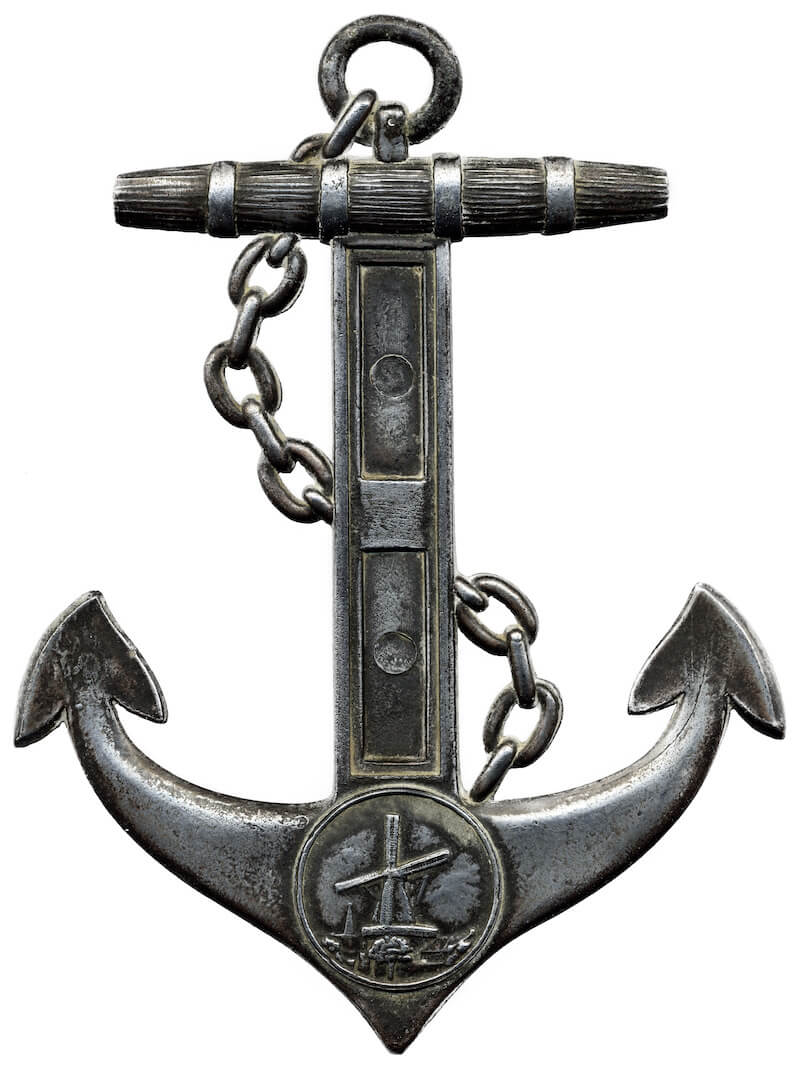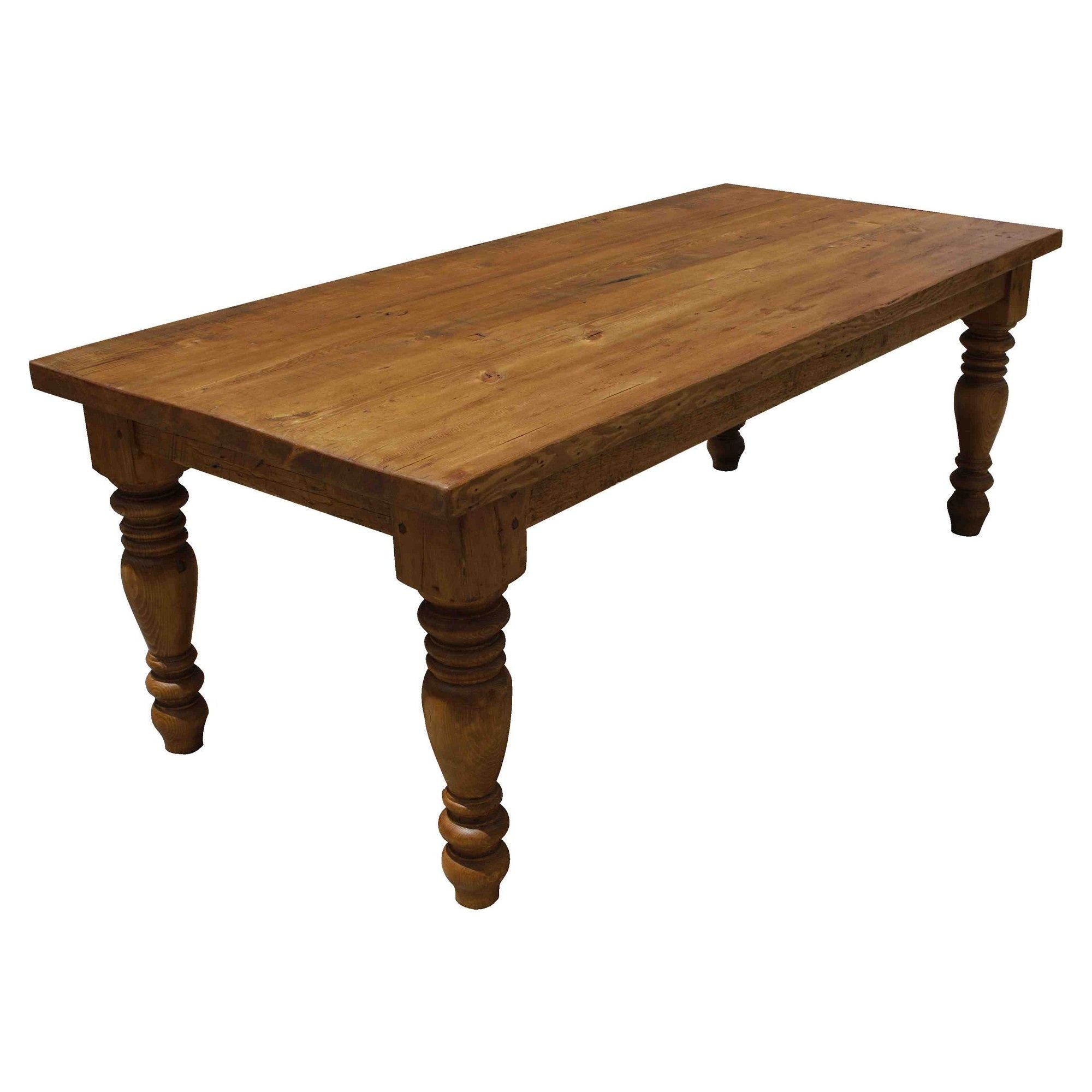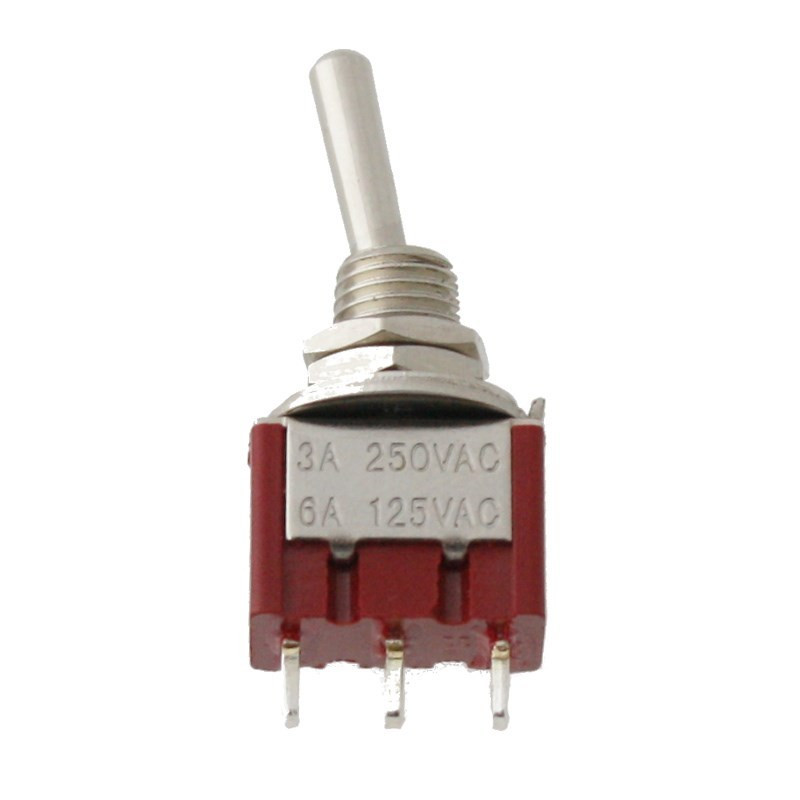Earthquake Proof Your Home: Simple Furniture Anchoring

Worried about your furniture toppling over during an earthquake, potentially causing injury or damage? You're not alone! Luckily, securing your belongings is easier than you think. This guide provides a comprehensive, step-by-step approach to effectively anchoring your furniture and creating a safer home environment.
Assessing Your Home's Needs for Earthquake Safety
Before you start drilling holes, it's crucial to understand the specific needs of your home and identify which furniture pieces pose the greatest risk. This involves a thorough assessment of your living space, considering factors like the type of furniture you own, its placement, and the structural integrity of your walls.
Begin by walking through each room and identifying tall or top-heavy furniture. These are the most likely to tip over during seismic activity. This includes bookshelves, dressers, cabinets, entertainment centers, and even tall lamps. Next, consider the placement of these items. Are they near doorways, beds, or other areas where people might be present during an earthquake? Furniture blocking escape routes is particularly dangerous.
Finally, assess the type of walls you have. Drywall is the most common, but older homes might have plaster walls. The type of wall will influence the type of anchors you need. Also, if you are renting, check with your landlord about what modifications are permitted. Many landlords will allow furniture tipping prevention measures.
Gathering the Right Tools and Materials for Furniture Anchoring
Having the correct tools and materials is essential for a successful and secure installation. You'll need a variety of items, depending on the type of furniture and walls you're working with. Here's a breakdown of the essentials:
- Drill with various drill bits: A power drill is necessary for creating pilot holes and driving screws. Have a selection of drill bits suitable for wood, drywall, and potentially masonry if you're dealing with brick or concrete walls.
- Screwdriver (Phillips and flathead): While you can often use a drill with a screwdriver bit, having a manual screwdriver on hand is helpful for fine-tuning and preventing over-tightening.
- Stud finder: Locating wall studs is crucial for secure anchoring, especially for heavier items. A stud finder will help you identify the wooden framing behind the drywall.
- Level: Ensuring your furniture is level before anchoring is important for both safety and aesthetics.
- Measuring tape: Accurate measurements are essential for proper placement of anchors and straps.
- Pencil: For marking drill points and screw locations.
- Safety glasses: Protect your eyes from dust and debris while drilling.
- Appropriate anchors: This is where things get specific. You'll need to choose anchors based on your wall type and the weight of the furniture. Options include:
- Wall anchors: For drywall, use toggle bolts or heavy-duty plastic anchors. Avoid using simple plastic anchors that come with many cheap products, as they often fail under stress.
- Wood screws: If you're anchoring directly into a wall stud, use wood screws that are long enough to penetrate the stud deeply.
- Masonry screws: For brick or concrete walls, use masonry screws specifically designed for these materials.
- Furniture straps (also known as earthquake straps): Furniture straps or earthquake straps are a vital component of a good anchoring system. These straps connect your furniture to the wall. They should be strong and durable, capable of withstanding significant force.
Step-by-Step Guide to Anchoring Furniture with Straps
This section provides a detailed walkthrough of the process of anchoring furniture using straps. We'll cover everything from preparing the furniture to securely attaching it to the wall.
Preparing the Furniture
Before you start drilling and screwing, take some time to prepare your furniture. This includes cleaning the surfaces where the straps will attach, and pre-drilling pilot holes to prevent splitting the wood.
- Clean the surfaces: Wipe down the back of the furniture and the wall where the straps will be attached with a clean cloth. This will ensure a good bond between the adhesive pads (if any) and the surfaces.
- Pre-drill pilot holes: Use a drill bit slightly smaller than the diameter of the screws you'll be using to create pilot holes in the back of the furniture. This will make it easier to drive the screws and prevent the wood from splitting.
- Consider the placement of the straps: Position the straps so they are as high as possible on the furniture. This will provide the most leverage and prevent tipping.
Attaching the Straps to the Furniture
Now it's time to attach one end of the furniture straps to the back of the furniture. The method will vary slightly depending on the type of straps you're using, but the general principle is the same: securely fasten the strap to the furniture using screws or bolts.
- Position the strap: Align the strap with the pre-drilled pilot holes. Make sure the strap is oriented correctly, with the buckle or adjustment mechanism facing outwards.
- Secure with screws: Use the screws provided with the straps to attach them to the furniture. Tighten the screws firmly, but be careful not to over-tighten and strip the threads.
- Test the connection: Gently pull on the strap to ensure it's securely attached to the furniture.
Anchoring the Straps to the Wall
This is the most crucial step in the entire process. The strength of your wall anchors will determine how well your furniture withstands an earthquake. Take your time and ensure you're using the correct type of anchor for your wall type. This is also where your stud finder comes in handy!
- Locate a wall stud (Recommended): Use a stud finder to locate a wall stud near where you want to anchor the furniture. Anchoring into a stud provides the strongest possible connection. If you can't find a stud in the desired location, proceed to the next step using appropriate drywall anchors.
- Mark the anchor point: Hold the other end of the strap against the wall, ensuring it's level and in the desired position. Mark the location of the screw hole with a pencil.
- Install the wall anchor: If using a wall anchor, follow the manufacturer's instructions for installation. This typically involves drilling a pilot hole and inserting the anchor.
- Attach the strap to the wall: Align the strap with the anchor point and use a screw to attach it to the wall. Tighten the screw firmly, but be careful not to over-tighten.
- Adjust the strap: Use the buckle or adjustment mechanism to tighten the strap. The strap should be snug, but not so tight that it puts stress on the furniture or the wall. You want it taut enough to prevent swaying, but not so tight as to pull the furniture from the wall.
- Test the connection: Gently push and pull on the furniture to ensure it's securely anchored to the wall.
A Comparison of Different Anchoring Methods
Choosing the right anchoring method depends on your furniture type, wall type, and budget. Here's a comparison of some common options:
| Method | Wall Type | Furniture Type | Cost | Pros | Cons |
|---|---|---|---|---|---|
| Furniture Straps with Stud Mounting | Wood Stud | Most Furniture | $$ | Strongest hold, easy to install | Requires stud location, may not be aesthetically pleasing |
| Furniture Straps with Toggle Bolts | Drywall | Medium to Heavy Furniture | $$ | Stronger than basic anchors, good for heavier items | Requires larger hole in the wall, more complex installation |
| L Brackets | Wood Stud, Drywall (with anchors) | Shelves, Cabinets | $ | Simple, inexpensive | Less aesthetically pleasing, can be visible |
| Adhesive Pads | Drywall, Plaster, Wood | Lightweight Items | $ | Easiest to install, no drilling required | Weakest hold, only suitable for very light items |

Addressing Specific Furniture Types and Challenges
While the general principles of furniture anchoring remain the same, some specific furniture types present unique challenges. Here's how to address some common situations:
- Tall Bookshelves: These are particularly prone to tipping. Use multiple straps, spaced evenly along the height of the bookshelf. Consider anchoring the top of the bookshelf directly to a stud for maximum stability.
- Dressers: Empty the drawers before anchoring to reduce the weight. Ensure the straps are attached to a solid part of the dresser frame, not just the back panel.
- Entertainment Centers: These can be heavy and complex. Anchor each section of the entertainment center to the wall. Pay special attention to securing the television, as it's a common hazard during earthquakes.
- Furniture with Drawers: Secure the drawers with latches or locks to prevent them from sliding open during an earthquake, which can further contribute to tipping.

Troubleshooting Common Anchoring Problems
Even with careful planning, you might encounter some challenges during the anchoring process. Here are some common problems and how to solve them:
- Stripped screw threads: If you strip the screw threads in the furniture or the wall, try using a longer screw or a screw with a larger diameter. You can also insert a small piece of wood or a plastic anchor into the hole to provide a better grip for the screw.
- Anchor pulling out of the wall: If the anchor pulls out of the wall, it's likely that you're using the wrong type of anchor or that the wall is too weak to support the weight of the furniture. Try using a heavier-duty anchor or anchoring into a wall stud.
- Straps too short: If the straps are too short to reach the wall, you can purchase longer straps or use an extension.
- Uneven furniture: Use shims to level the furniture before anchoring it to the wall.
Pro Tips for Enhanced Earthquake Preparedness
Securing your furniture is just one aspect of earthquake preparedness. Here are some additional tips to help you create a safer home environment:
- Secure other household items: In addition to furniture, secure other items that could pose a hazard during an earthquake, such as mirrors, pictures, and light fixtures.
- Store heavy items on lower shelves: This will reduce the risk of items falling and causing injury.
- Create an earthquake preparedness kit: Include essential supplies such as water, food, a flashlight, a first-aid kit, and a whistle.
- Practice earthquake drills: Regularly practice what to do during an earthquake so that you and your family are prepared.
- Consider professional help: If you're not comfortable anchoring furniture yourself, or if you have particularly heavy or complex items, consider hiring a professional handyman or contractor.
- Perform regular checks on your furniture mounting; every 6 months, ensure the screws and straps are still tight.
FAQ: Frequently Asked Questions About Furniture Anchoring
- Q: Is it really necessary to anchor my furniture?
- A: Absolutely! Anchoring furniture is one of the most effective ways to prevent injuries and property damage during an earthquake. It's a simple and relatively inexpensive precaution that can make a big difference.
- Q: What's the best type of anchor to use for drywall?
- A: For drywall, toggle bolts are generally the strongest and most reliable option. Heavy-duty plastic anchors are also a good choice, but avoid using simple plastic anchors that come with many cheap products.
- Q: Can I use adhesive pads instead of screws?
- A: Adhesive pads can be useful for securing very lightweight items, but they are not strong enough to hold heavy furniture during an earthquake. Screws and anchors are essential for providing a secure connection.
- Q: I'm renting. Am I allowed to anchor furniture?
- A: Check with your landlord before anchoring furniture. Many landlords will allow furniture tipping prevention measures, but it's always best to get permission first. If your landlord doesn't allow you to drill holes, you may be able to use alternative methods such as adhesive pads or tension rods (for bookshelves). However, understand that these will not be as effective as screwing directly into the wall or stud.
- Q: Where can I buy furniture straps and anchors?
- A: You can find furniture straps, earthquake straps, and anchors at most hardware stores, home improvement stores, and online retailers.